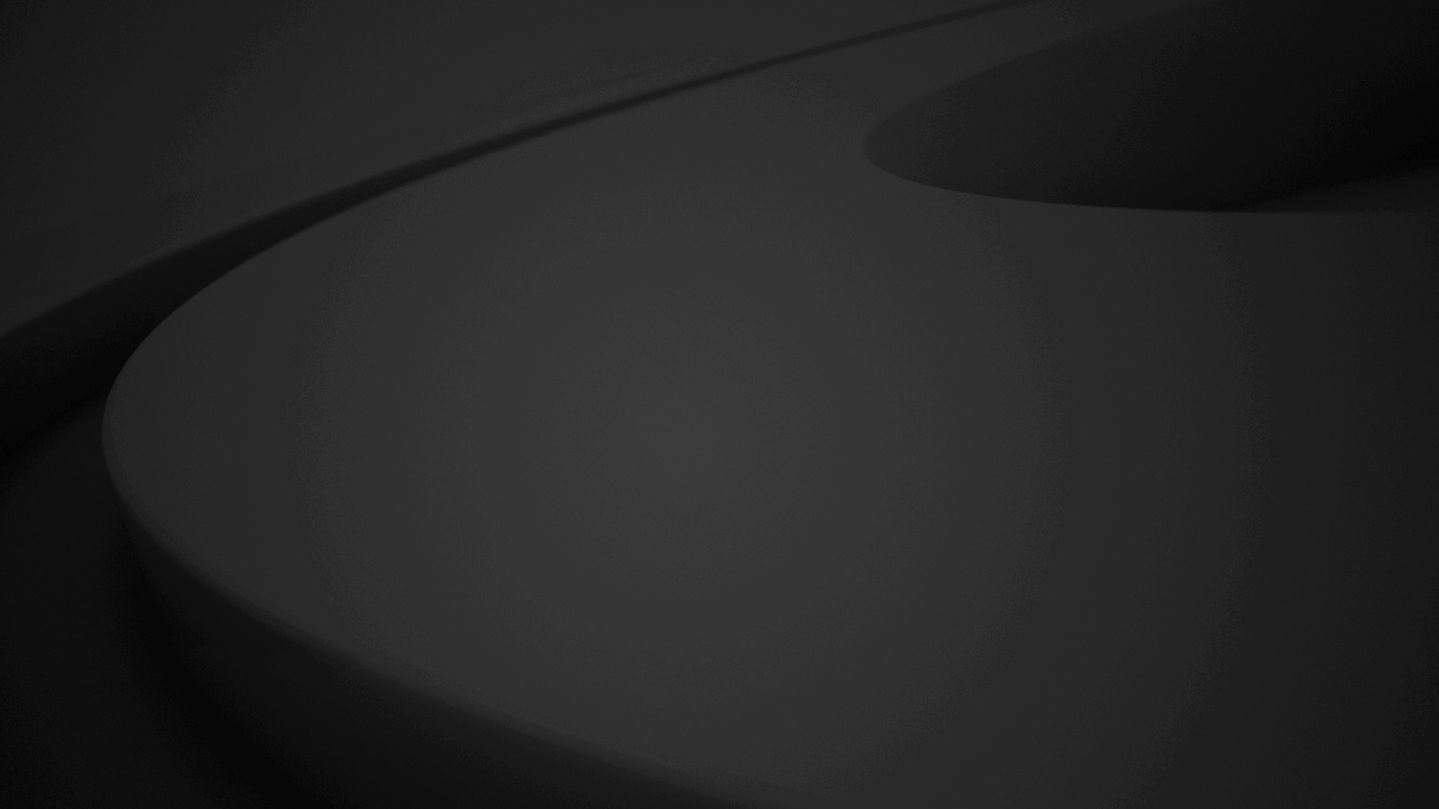Story highlights
Polly Borland shot portraits of Queen Elizabeth II for the monarch's Golden Jubilee
Borland talks about her creative approach and how she went into a bit of a panic
Five minutes. Just five minutes to take the most important photograph of your career.
Australian photographer Polly Borland found herself in that situation in November 2001. She had been commissioned to take the official portrait of Queen Elizabeth II for her Golden Jubilee marking 50 years as British monarch.
Borland, by then a renowned portrait photographer who had made a name for herself shooting celebrities for British magazines, was anxious.
She’d asked plenty of questions in the four-month lead-up: What would the Queen be wearing? Which room would she be in? Borland chose a large, beautifully ornate cream room with gold leafing and rose-colored curtains, only to be told later that it wasn’t possible – the Queen had a meeting in there that day with the Japanese Prime Minister.
Instead, Borland was offered “what I would have considered the most boring room of the whole palace,” she said. “That’s when I started thinking about the backdrops I had become known for.”

Borland had photographed British politician Peter Lilley against a disco curtain, but the sparkly gold backdrop behind the Queen had an even more surprising muse – an adult toy and lingerie store.
“I’d seen some fabric in an Ann Summers window display that was red glitter,” Borland said. “I’d found out where they got it from and ordered a special gold glitter fabric from the same place.
“I wanted a more modern take on the Queen. A much more Andy Warhol-type portrait, something a bit pop art. I asked for the Queen to dress in her crown, with all the glitter and gold. When that wasn’t possible, I decided I’d take my own gold background. Also it was the Golden Jubilee, so it was a literal interpretation.”
Her Majesty wasn’t fazed at all when she saw the golden glitter, although when she saw the iconic blue flower print by Finnish company Marimekko, “She went ‘Oooohhh!’ and was very shocked,” Borland said. That photo, seen in the gallery above, didn’t get official approval from the Palace, although it did appear later on the cover of The Sunday Times Magazine.
The choices made perfect sense to Borland, who describes herself as “not a royalist.”
“Inherent in my portrait work is the contradicting elements,” she said. “The circus, the seaside, the tacky mixed with this royalty … to me is an interesting interplay. I was really pleased with the photos.”
Queen Elizabeth II: The platinum monarch?
After pouring her creative energy into the backdrop and setups, Borland found herself totally unprepared for meeting the British monarch – despite shooting everyone from Silvio Berlusconi to the Bee Gees.
“When she walked in the room, I completely lost all bearings,” Borland said. “I went into this kind of weird, nervous zone. I don’t know if it’s because I’m Australian – when I was growing up there were images of the Queen everywhere – but I lost the power of speech. It was probably the most surreal moment of my career.
“I had to go into autopilot. I thought in five minutes I’d be able to get 10 rolls of film, but I only managed to get two. It is a miracle I actually managed to get any photos at all.”
Borland’s husband, film director John Hillcoat, was there as one of her three assistants, as he’d been eager to meet the Queen. He later regaled Borland with the effects of her panic.
“I’d been told I could curtsy if I wanted to,” Borland said. “But all of a sudden I’m very self-conscious. I introduced all my assistants, then I did what I call the Australian squat. Rather than nod, bow or curtsy, I just kind of bent my knees. And that was the beginning of the end in terms of my control.”
As the Queen was late from meeting the Japanese Prime Minister and in a hurry to host a lunch, the timing was so strict that her minder was clocking the five minutes. Borland even had a minor argument with him beforehand. The pressure cued more strange behavior.
“The Queen wasn’t standing in the place I needed her to stand in,” Borland recalled. “At one stage I found myself on the ground, about to manhandle her ankles to get her to move. Luckily my husband came in and went ‘Ma’am, I think Polly wants you to step to the right.’ I was told it’s the closest anyone’s got to her with a camera.”
Panicked though it was, the intimate close-up was welcomed by the Palace and became a defining shot of Borland’s career. She moved away from portraiture into art photography after taking the photo.
“It probably ruined my career in a lot of ways, in portraiture, because I kind of felt that it was the pinnacle,” she said. “After doing (the Queen), where else was there to go?”
Opinion: Why Queen Elizabeth is unsinkable
Polly Borland is an Australian photographer now living in Los Angeles. You can follow her on Instagram.











